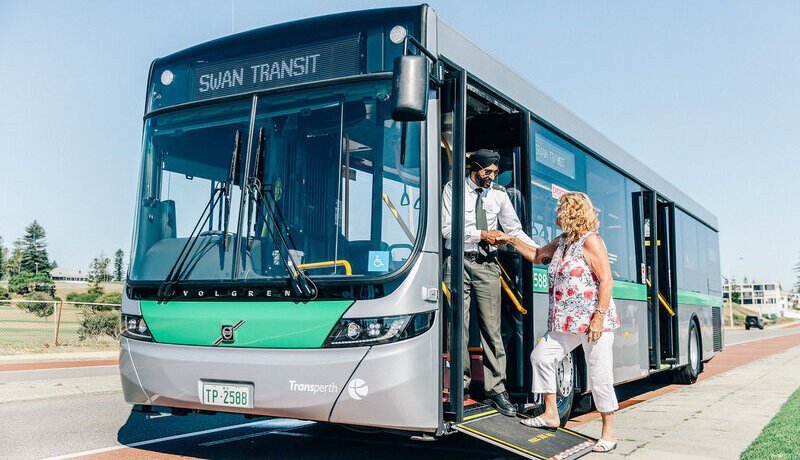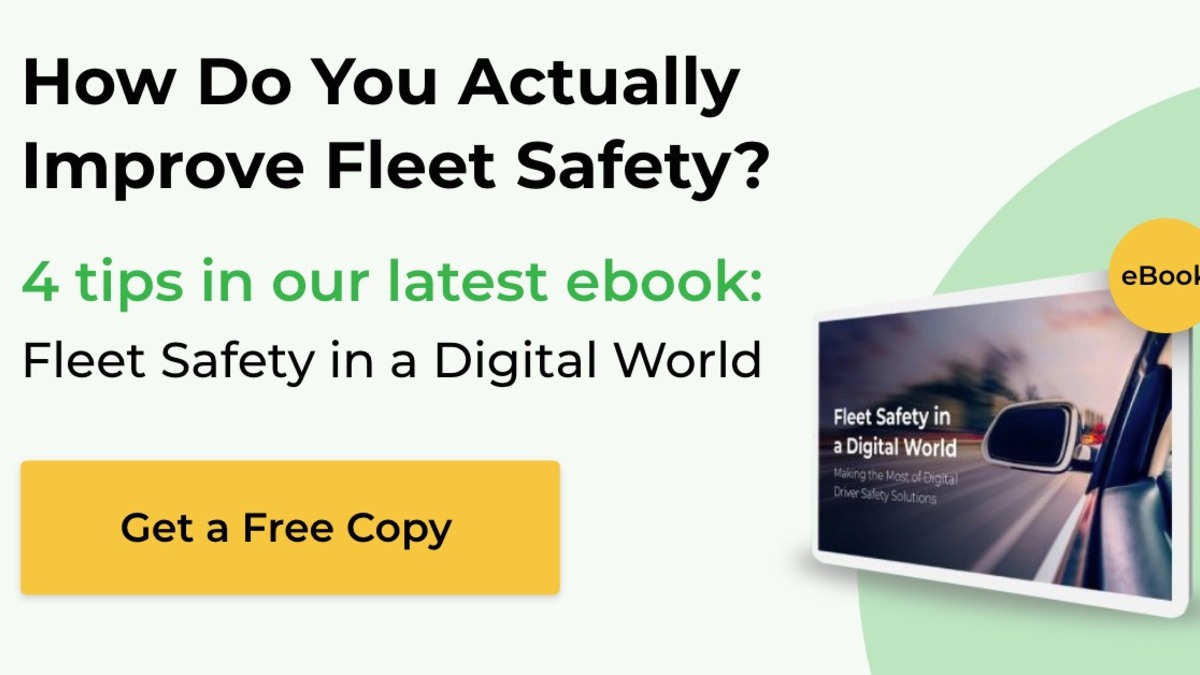Overcoming Barriers to Launching a Successful Engagement Program
Now that you’ve learned why employee wellbeing engagement and company culture are so important (and so challenging for fleets and mobile workforces), we’ll teach you how to bake these initiatives into the core of your fleet organization with an all-encompassing employee engagement program.
Most organizations who have already implemented formal engagement programs are seeing great results in the form of a more defined culture and increased employee satisfaction. However, very few HR executives report that they currently have a formal engagement program in place, according to a Virgin Pulse State of the Industry survey.
If fleet engagement programs are so effective, why aren’t they more common? HR professionals cite a few reasons: inflexible organizational culture, tight budget, difficulty getting participation, and lack of communication.
It’s important to be aware of these challenges when you’re implementing your fleet engagement program in order to take a structured approach that garners support and participation.
Step one: Convince upper management for top-down buy-in
Though these roadblocks exist for many organizations, with strategic pre-planning and widespread communication, your engagement program can see widespread adoption and success.
All successful engagement initiatives should grow from the top down, requiring complete buy-in from upper management before employees are ever introduced to the program. Some engagement programs never make it past this entry point for a couple of reasons.
Often, members of upper management have been with the company for a long time and are resistant to change. Your first job in introducing a successful engagement program is to convince upper management that a change in company operations will be beneficial to mobile workers and the company’s bottom line.
Create a persuasive presentation highlighting the problems that a lack of employee engagement causes for businesses, and include real-life examples from your organization. Show upper management the opportunities an engagement program would offer to improve recruitment, retention, and your company’s bottom line. Compare these savings to the overall cost of your program.
Also, include the stakes of inaction. This could include the potential loss of good employees to competitors, poor employee health and unhappiness adding up over time to negatively affect customer experience, and gaining a hard-to-shake bad reputation.
Step two: Warm up employees with a pre-launch strategy
Once you have leaders onboard, continue building buy-in through transparent and open communication of the challenges you face and the benefits you expect to see at every stage. Open your communications to involve all key stakeholders, including upper management, unions, and finally, your mobile workers.
You can introduce the program to your mobile workforce by building anticipation through “coming soon” emails and in-office posters before you launch. (Note: If you’re a GreenRoad customer, you can find email and poster templates on the Engage portal.) This gives mobile employees more time to adjust to the idea of a big change.
When you’re ready to launch, host company-wide or branch-based kickoff events with your CEO and top HR executives. This will demonstrate the importance of this initiative, build excitement around your program, and streamline communication to ensure everyone is up to speed.
Step three: Use consistent messaging to encourage widespread adoption
Whether you make the program mandatory or voluntary, you still need to make sure employees are incentivized to participate. Little or no employee participation is the biggest indicator of program failure, and unfortunately, 40 percent of HR execs state this is a major challenge. Small awards, like coffee shop gift cards or extra vacation days, are an easy way to grab the attention of your employees. If you decide to mandate participation, you will need to focus even more on the best way to communicate the program for it to be received positively.
Making your program voluntary may actually help boost participation; it all depends on your company and how you communicate it. For example, GreenRoad client National Grid has seen success by incentivizing their mobile workers to become better drivers using our in-vehicle feedback software on a voluntary basis. No matter what your engagement program entails, using consistent and positive messaging will build enthusiasm and make for more successful adoption.
Step four: Keep up the momentum post-implementation
Once your engagement program is fully implemented and adopted, the work is not over — you must continue to nurture your program to ensure ongoing success. Keep employee engagement top of mind by devoting space on your company intranet and newsletter for engagement program reminders, news, and updates. If there’s a gamified aspect to your program, acknowledge and celebrate top performers to keep the friendly competition going.
See Jim Stones Coaches, First Bus, and EYMS Bus & Coach Training celebrating their Fleet Elite recipients.
Remain consistent in your commitment to the program. One way you can display your commitment is by ensuring executives continue messaging the program in their company-wide addresses. Finally, keep all stakeholders updated on program results to ensure continued support. Overcommunication and consistent language is key to overcoming this challenge.
In our final post in this series, we will discuss how to measure your engagement program’s successes and failures so you can accurately report results and tweak the program accordingly.





